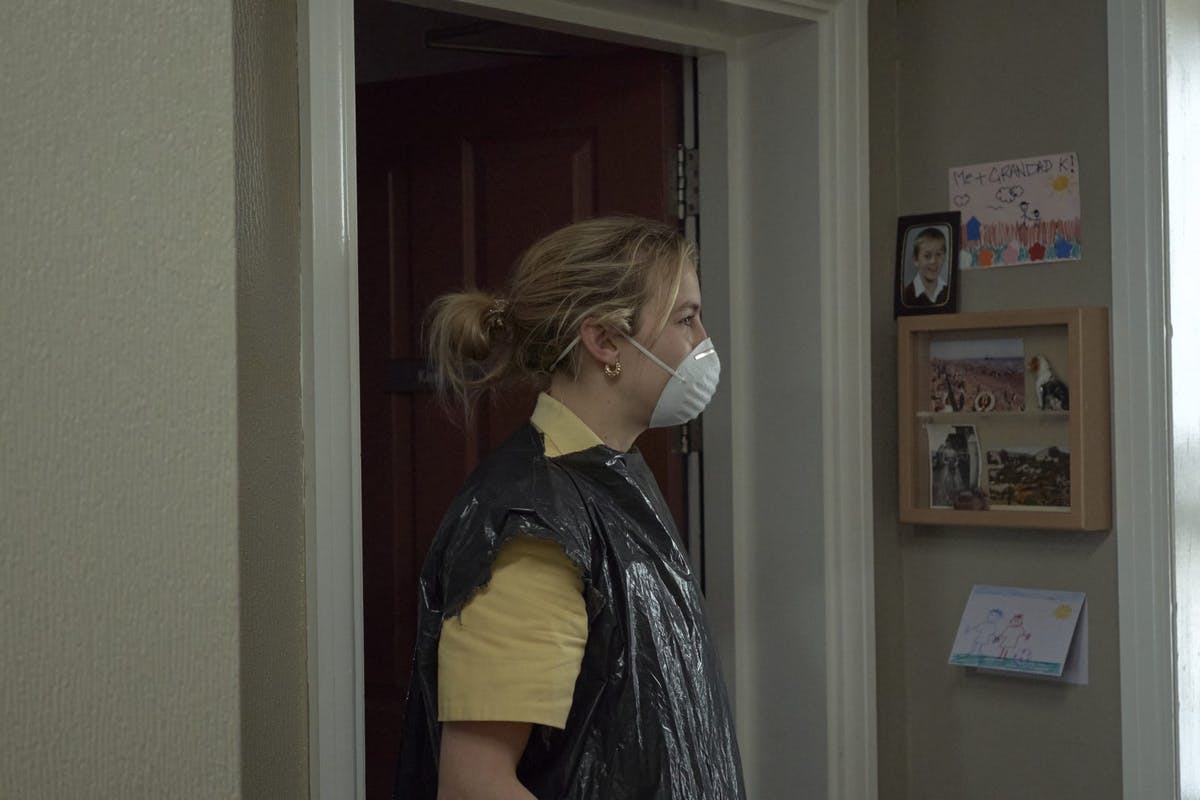TV Review
Help: Heart-wrenching portrayal of Covid care home crisis
Katie Simpson, Relief Care home worker
‘Help’ is a heart-wrenching story of a care home in Liverpool for people with dementia. When the Covid-19 crisis hits the home, the main protagonist, Sarah, is faced with loss, pressure and difficult decisions.
Prior to Covid-19, this was still a situation many carers faced, but the film puts a spotlight on the crisis in care homes during the height of the pandemic. In particular, the huge number of struggling care homes in the private sector.
The film does an excellent job of portraying the day-to-day work and difficulties for care staff. It also accurately portrays how dedicated and hard-working some of Britain’s most low-paid underappreciated staff are.
A poignant scene, which brought back memories from my work in a care home last year, included an exasperated care home manager having to explain to emergency services and his own staff the discrepancies between government guidelines and the PPE available to them.
The staff in the film wear bin liners and dust masks from a building company while nursing the sick and dying, without the training, equipment nor staffing levels to support them. At one point, Sarah is left to cover a night shift alone after already completing an afternoon shift.
This is a common occurrence, and one I have experienced. Unfortunately for Sarah, the shift proves overwhelming when one of the residents displays advanced symptoms of coronavirus and no emergency services are able to assist.
During the height of the pandemic, care homes were left to struggle with sick and dying residents; many carers lost their lives too. In the film, Sarah panics and loses professionalism, which can happen. But, in reality, in times of crisis care staff overwhelmingly are able to maintain composure.
The story takes a dramatic turn when Sarah’s bond with a resident leads her to take the responsibility of his care into her own hands. While most carers want to take a resident home with them at some point in their career, in reality the majority of care staff understand the strict boundaries of their professional relationships with those they care for. Sarah removes the resident feeling that he was being oversedated. In reality, the doctors under the protocol of the NHS will not prescribe sedatives for the reasons the care home manager described in the film. There are also procedures carers can follow if they feel that institutional abuse is taking place.
In summary, the film depicts the struggles of careworkers and care home residents very well. The portrayal of NHS staff and services abandoning care homes could be construed as pinning blame on the NHS services rather than the government. In reality, the NHS workers who came to the aid of our care home residents during the pandemic were incredible. At the end of the film we are reminded of the Covid-19 death toll in care homes – over 40,000 – and the average wage of a care home worker – £8.50 an hour.









